NVIDIA is gearing up for the release of RTX Remix, an innovative modding platform developed as part of the NVIDIA Omniverse. This platform is designed to give modders tools to create and share #RTXON mods for classic games. These mods will include upgraded materials, comprehensive ray tracing, NVIDIA DLSS, NVIDIA RTX IO, and NVIDIA Reflex capabilities. A notable example of the potential of Remix is the unveiling of Portal with RTX, a high-resolution redesign of Valve’s iconic game. This served as a vivid example of what is possible with Remix. The platform was then made available to the modding community, leading to the redesign of “Portal: Prelude.”
Today, the spotlight is on the “Half-Life 2 RTX: An RTX Remix Project,” which is currently in development. This community-led remastering project focuses on Valve’s highly acclaimed game Half-Life 2. The project has brought together four of the best modding teams for Half-Life 2, united under the name Orbifold Studios. Using the latest version of RTX Remix, these modders meticulously reconstruct materials using Physically Based Rendering (PBR) principles. They also introduce additional geometric details via the Valve Hammer Editor. By leveraging NVIDIA’s cutting-edge technologies, including extensive ray tracing, DLSS 3, Reflex, and RTX IO, the team aims to deliver an unparalleled gaming experience designed specifically for GeForce RTX users.
For a sneak peek at what to expect, take a look at the announcement trailer for “Half-Life 2 RTX: An RTX Remix Project.”
Similar to the projects surrounding Portal, a significant number of assets are currently undergoing a challenging process of reconstruction aimed at achieving a high level of detail. The implementation of full ray tracing, commonly known as path tracing, is being used to integrate state-of-the-art graphical elements into the world of Half-Life 2. Within Half-Life 2 RTX, textures populating the game world feature an average eight-fold increase in pixel density. In addition, assets like the suit now present a geometric complexity that exceeds the original game by a factor of twenty. This enhancement allows for a detailed look at intricate fabric weaves surrounding the suit’s joints, as well as the subtle interplay of plastics and metals that make up the components of the chest, leg, and arm areas.
Within the environment, each light source interacts in a way that results in the reflection of light and the creation of authentic shadows. This event gives Kleiner’s lab an authentic quality and imbues it with a sense of realism. The illumination emitted from the orange containers spreads the light, effectively illuminating dark corners with a vibrant glow. It is worth noting that the liquid contents in these containers refract light, which in turn affects the entire environment through this visual interaction.
Through the application of full ray tracing, various objects undergo metamorphosis, including the magnifying lens on Kleiners’ desk. In the original 2004 version, shaders were used to represent a reflection of the environment with limited detail. But in today’s environment, the magnifying glass integrates a curved lens that precisely bends and refracts light. This change in the progression of reflections enhances the sense of engagement and immersion.
Through updated materials and textures with Physically Based Rendering (PBR) that interact harmoniously with these effects, creatures like the head crab “Lamarr” present an unprecedented level of visual excellence. This serves as a demonstration of how this classic from two decades ago can reflect the look and feel of a modern game.
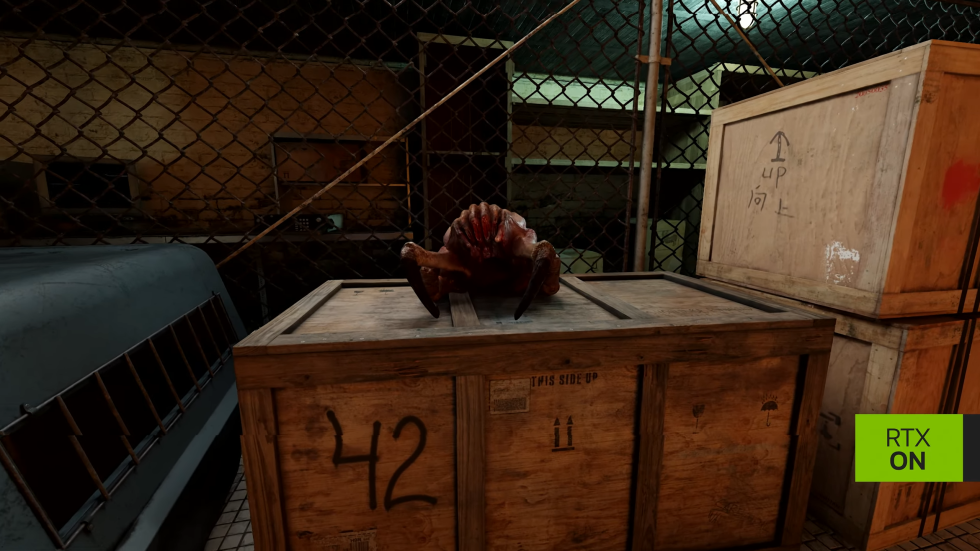
Source: NVIDIA













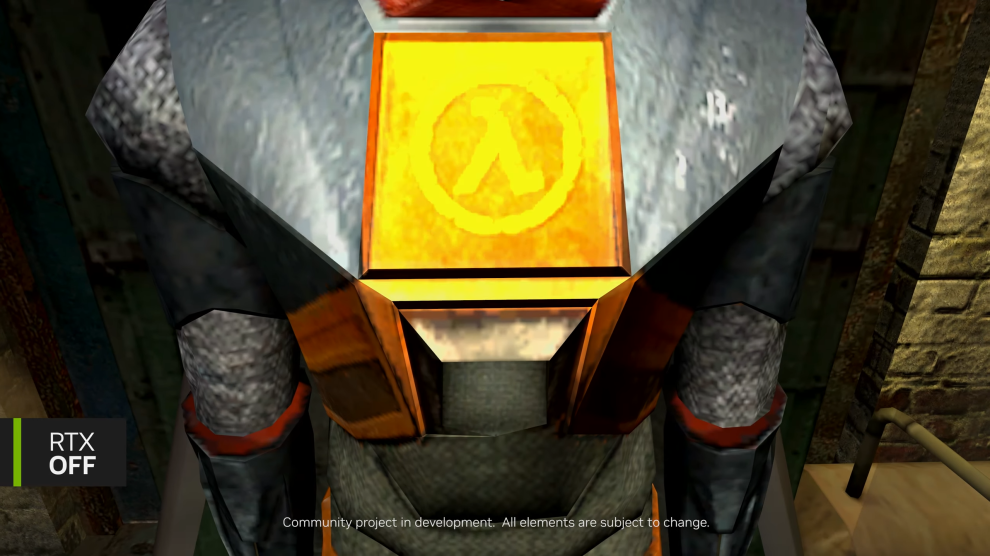
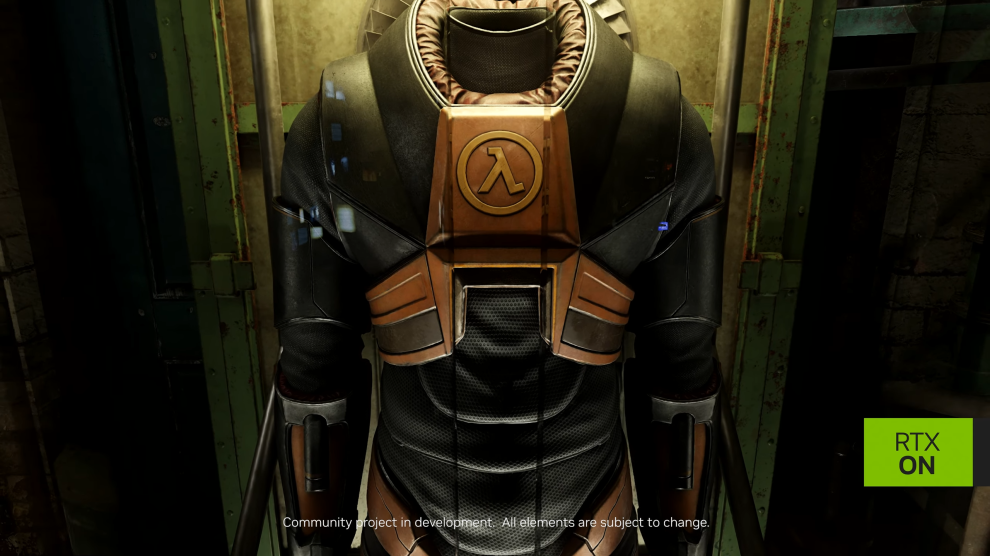
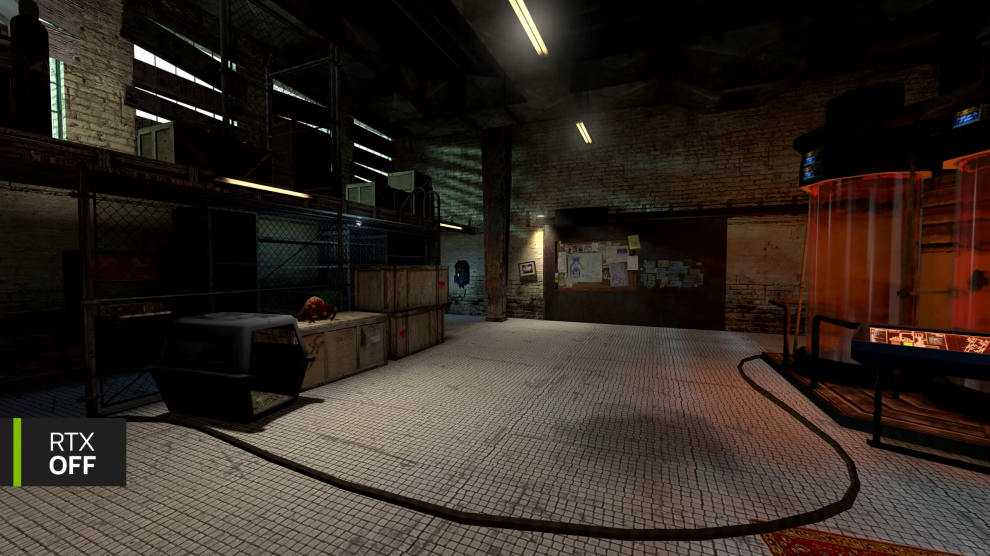
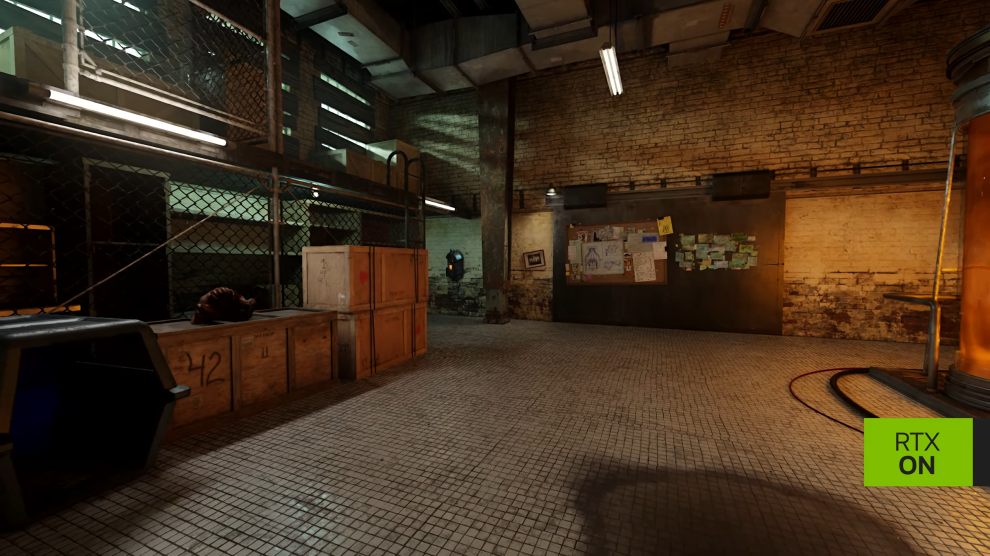






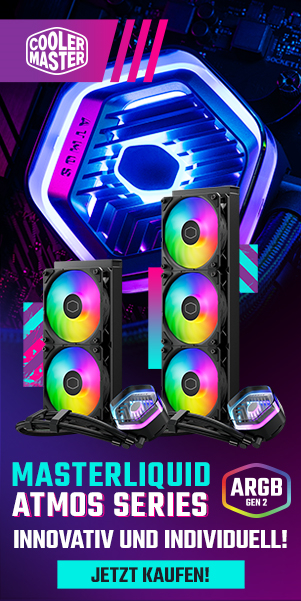


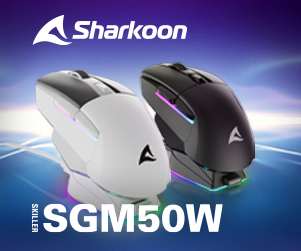
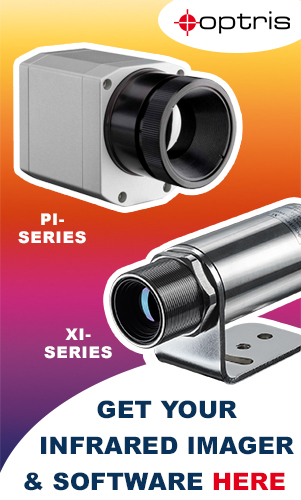

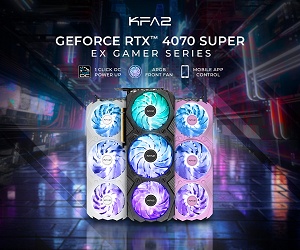
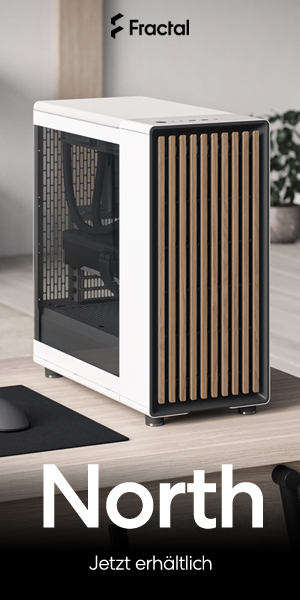

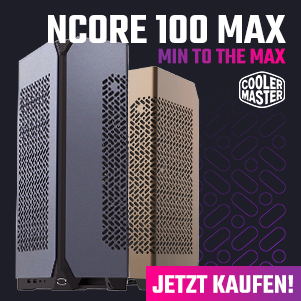


7 Antworten
Kommentar
Lade neue Kommentare
Veteran
Urgestein
Urgestein
Mitglied
Veteran
Urgestein
Veteran
Alle Kommentare lesen unter igor´sLAB Community →